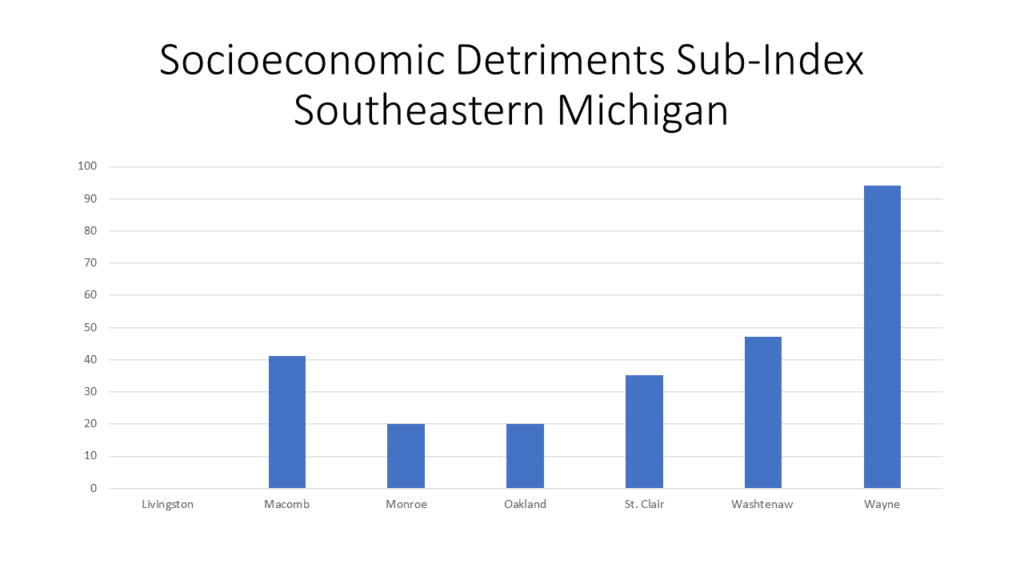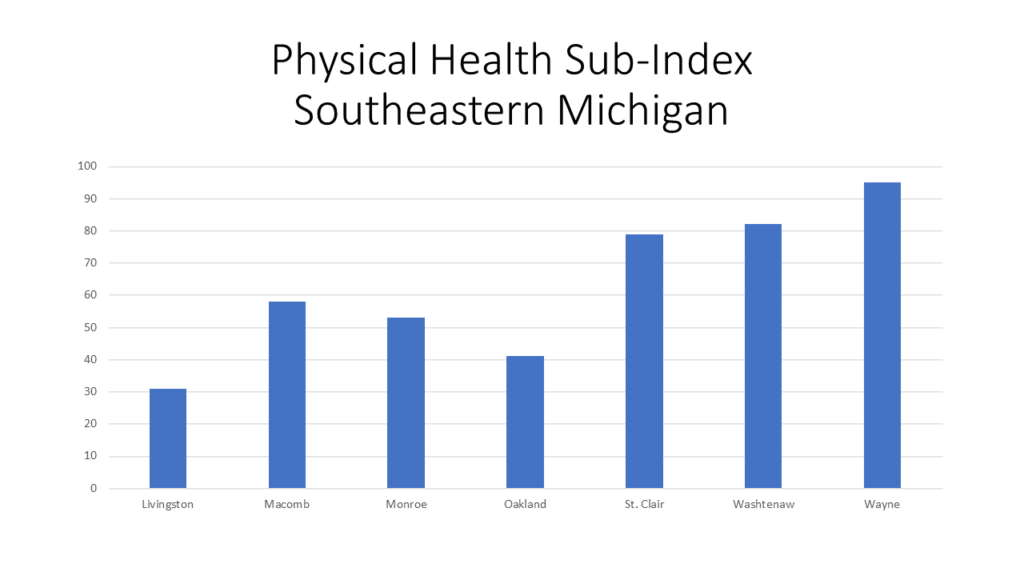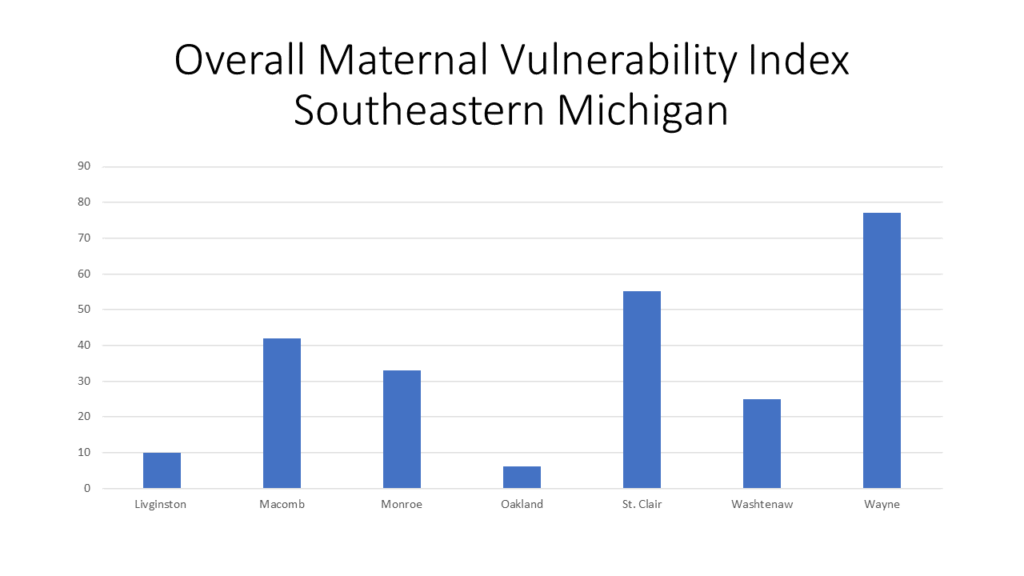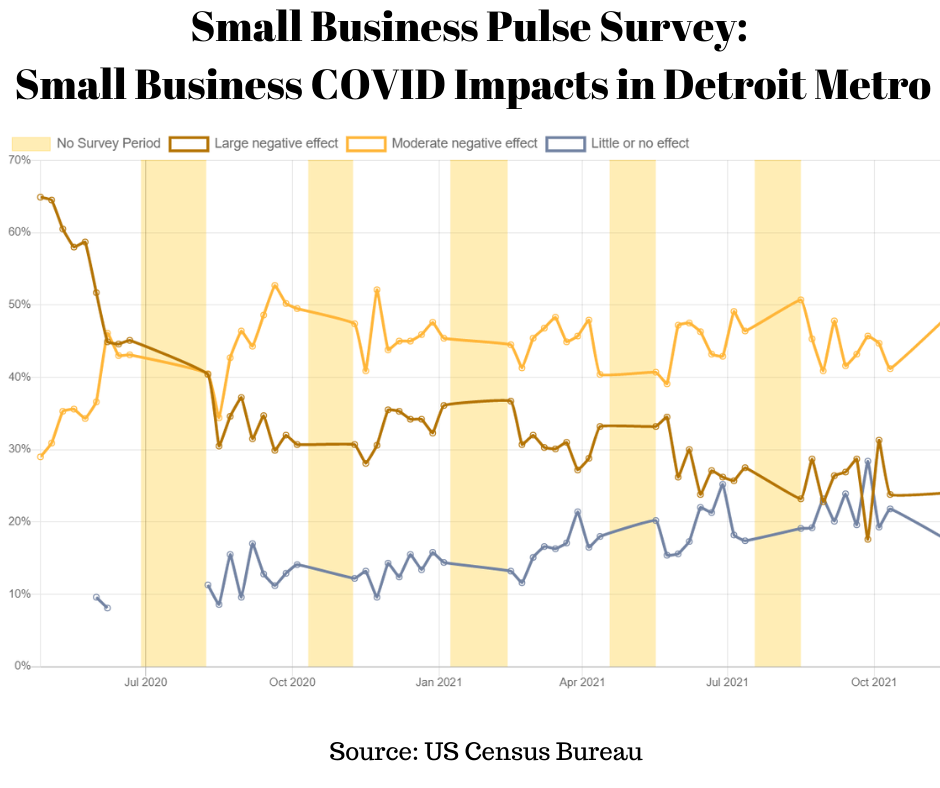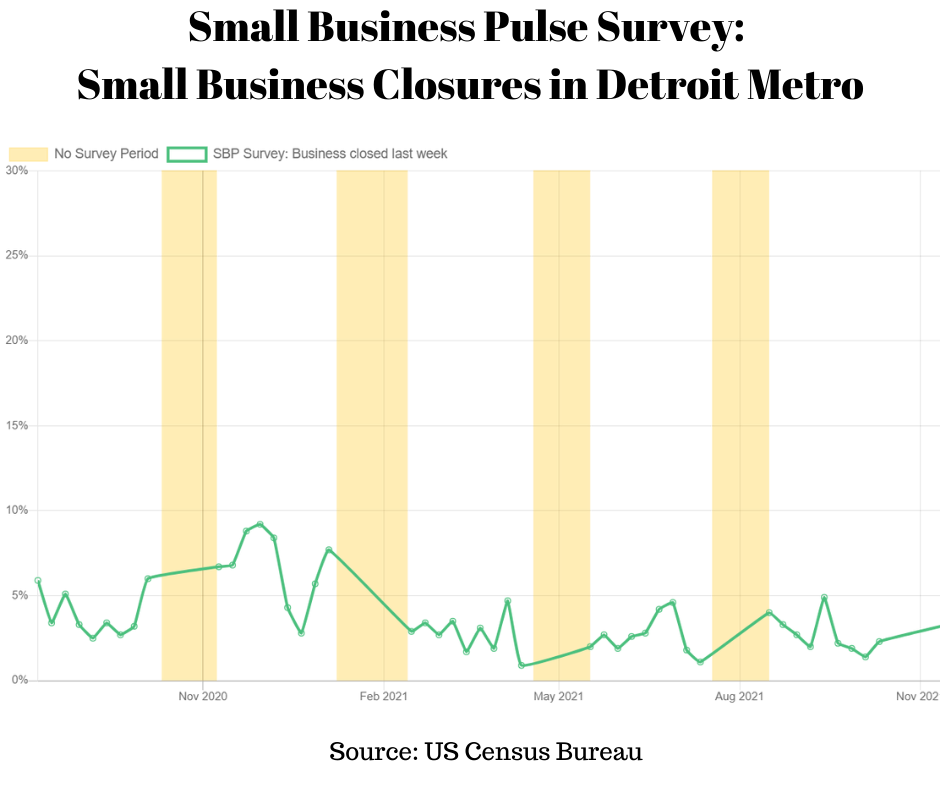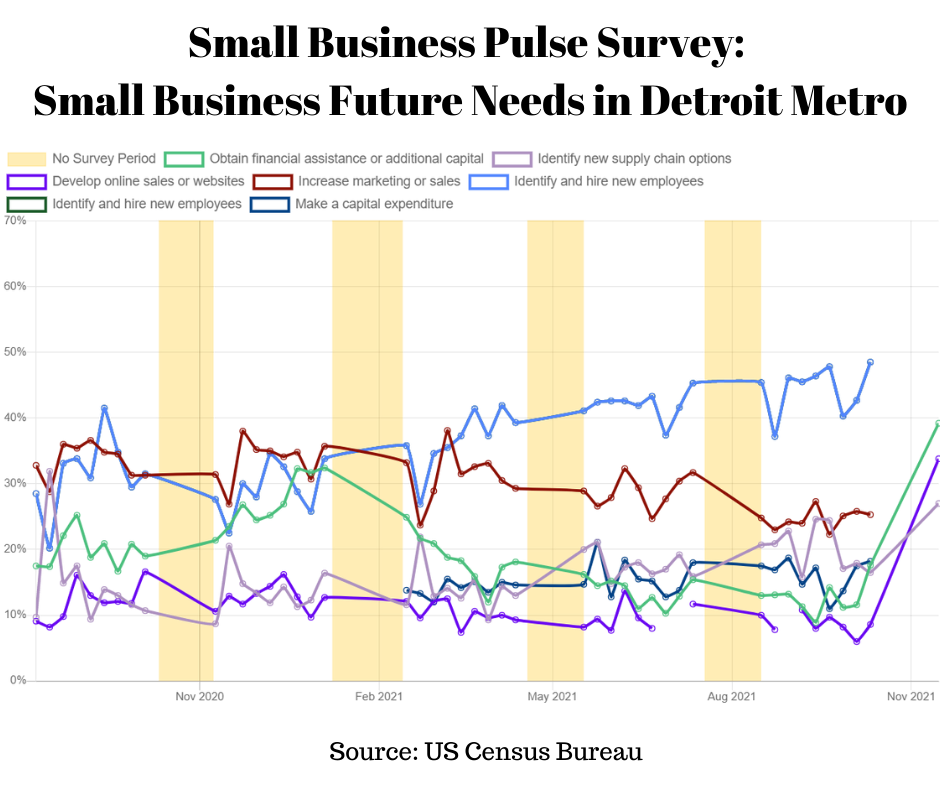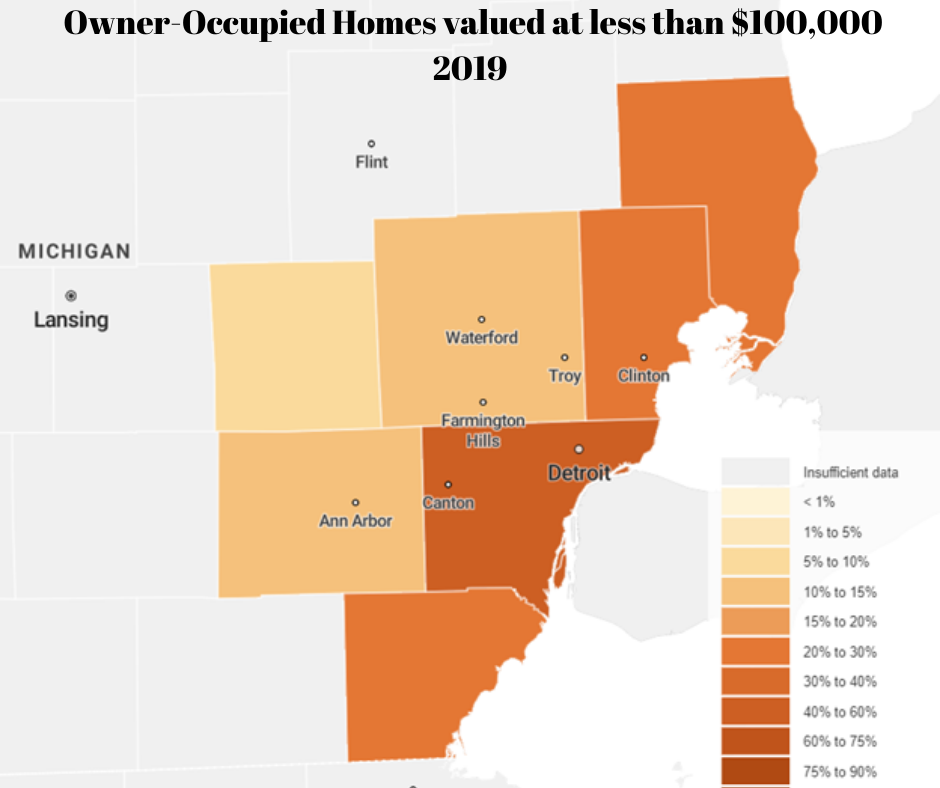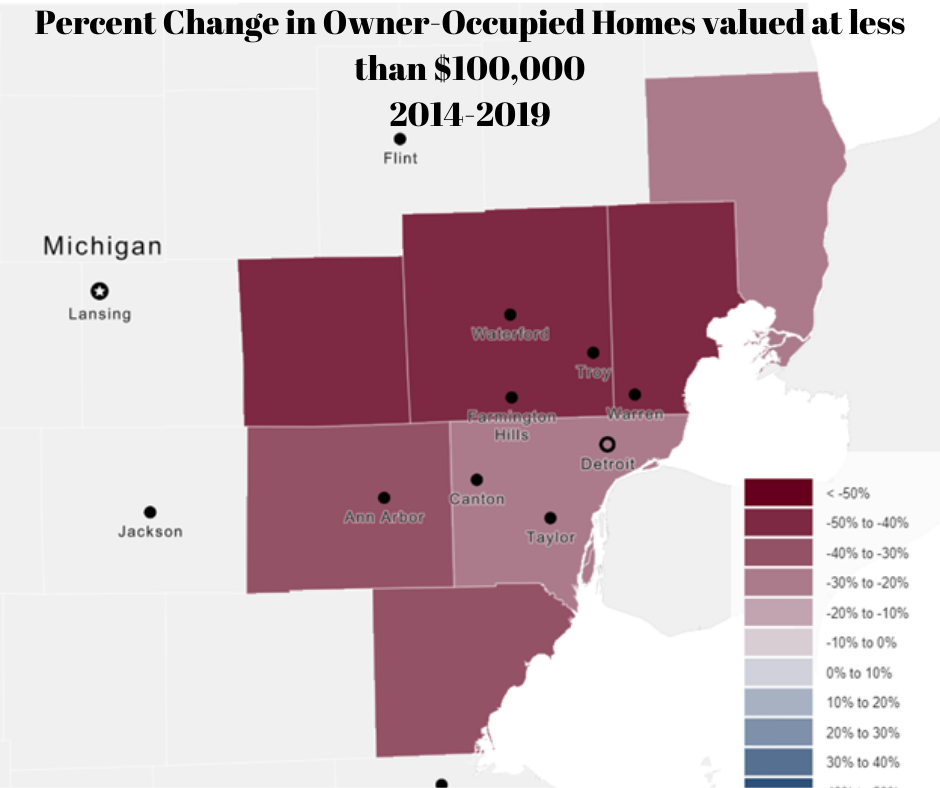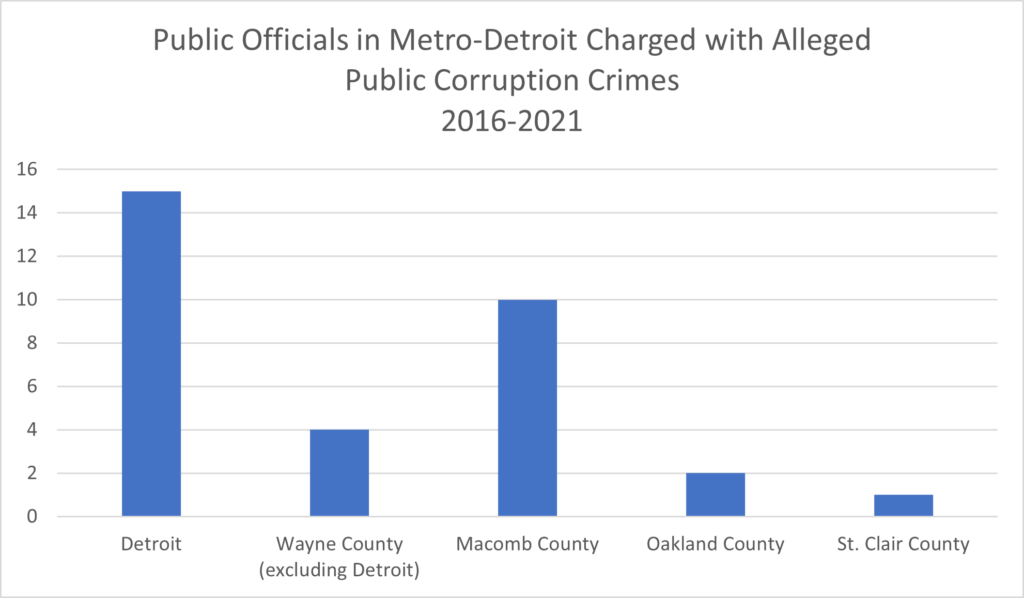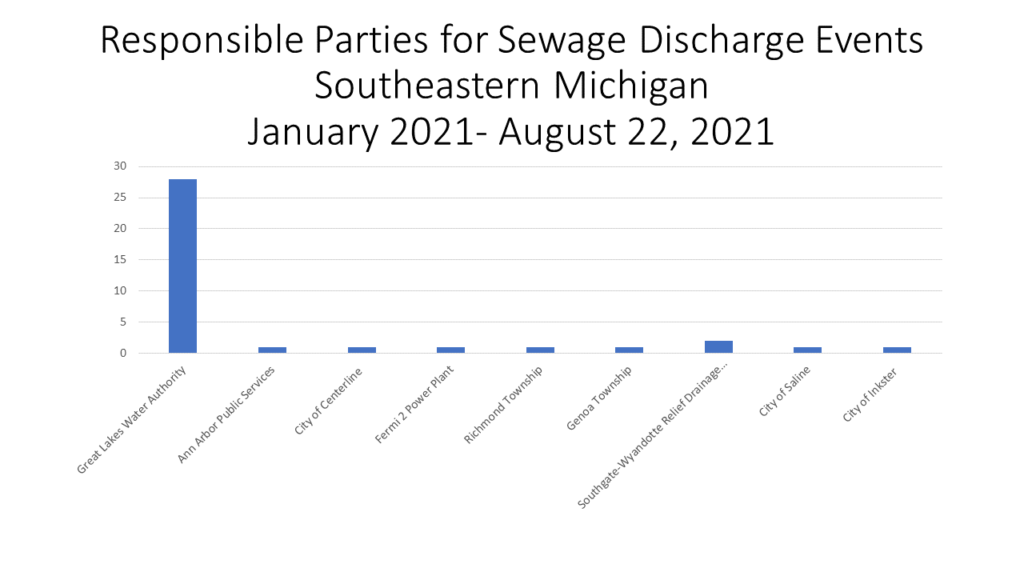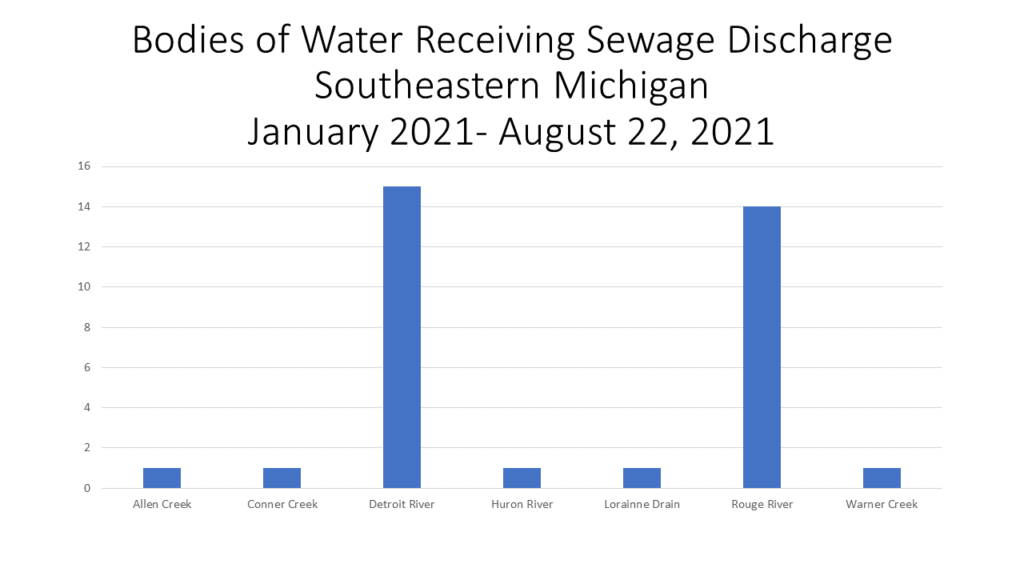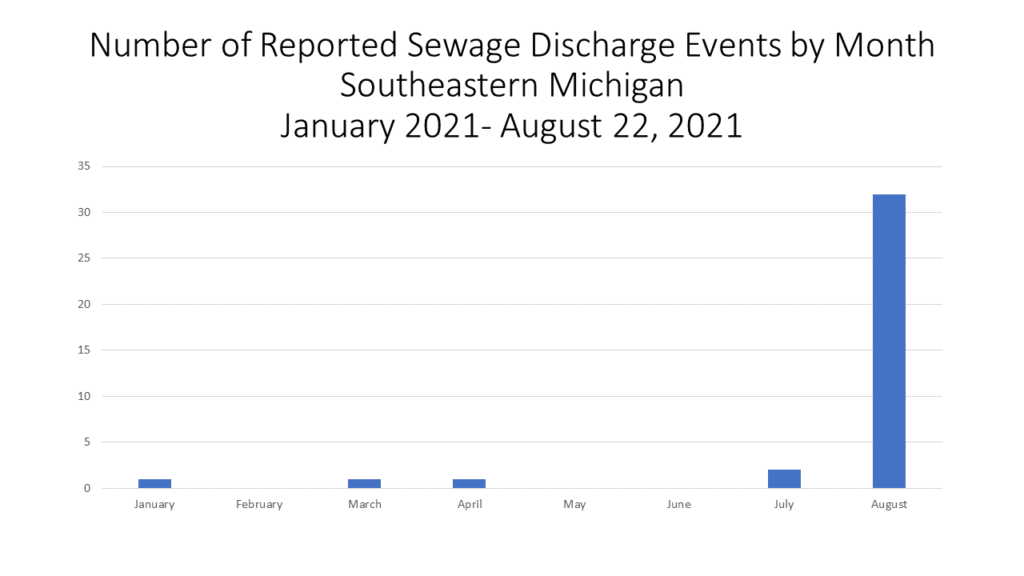Climate change became real for Detroiters this year when 30,000 found their homes flooded, some to the top of their first floor, some to the top of their basements. This was the second major flood in the last decade, with another in 2014 leaving behind a huge amount of damage as well. The mechanism behind the floods is clear: air temperatures have risen with climate change, hotter air holds more water, and storms produce heavier rainstorms that are slower to move on, meaning greater accumulations of rain.
It’s not that climate change was not already real, in Detroit and beyond, prior to this summer though. Temperatures have already risen 2.5 degrees in Michigan, summers are hotter, and heatwaves are stronger and last longer. Our urban area is a heat island in the summer, and it will only get worse as temperatures rise further.
So, what can be done? A lot.
In this post we introduce our 10 top policy proposals to overcome climate change in Detroit. Each month a detailed post on one the initiatives listed below will be posted. These posts will dive deep into each recommendation, exploring how the recommendations can impact climate change and help Detroit. The posts will also discuss the potential financial and political issues related to each proposal and provide recommendations on how to overcome them.
But before we dive deep, let us first lay out what our recommendations are.
Top 10 Climate Change Proposal/Policy Recommendations for Detroit
- Creating a program that strengthens rooftop solar opportunities in residential and commercial buildings;
- Creating a community solar program;
- Utilizing the space at the Detroit City Airport to develop a solar field;
- Planting more trees along medians and on some vacant land;
- Prioritizing weatherization efforts;
- Offering and supporting heat pumps for heating and cooling;
- Electrifying the bus system;
- Further investing in green infrastructure to help overcome flooding;
- Developing more robust urban gardening opportunities;
- Finding ways to further encourage and support working from home.
We can all take action to reduce our carbon footprint, the amount of waste we create and other ways in which we accelerate climate change. But, in addition to each individual’s responsibility to become a better steward of the environment, responsibility lies on each layer of government and corporate industries to also take action through policy changes, and operation changes. The proposals above will address all such facets.
Before diving into our proposals, we must also briefly touch on what is being done in Michigan and Detroit to address climate change.
In Michigan, the State committed to becoming carbon-neutral by the year 2050. The State also committed to reducing its greenhouse gas emissions by 2025 by 28 percent below its 1990 levels. Items that contribute to greenhouse gas emissions include the use of vehicles, the use of energy, the industrial and agricultural sectors and the creation of garbage.
According to US Energy Administration, Michigan is taking steps in reducing its reliance on coal, which is certainly a contributor to climate change. In 2020, natural gas generated the largest amount of Michigan’s electricity for the first time, surpassing coal, which fell to third after nuclear power. Natural gas accounted for 33 percent of the State’s net generation, while coal’s share declined to 27 percent. Renewable energy only contributed about 11 percent of Michigan’s net electricity generation in 2020, and wind energy accounted for three-fifths of that power. Michigan ranks among the top 15 states in wind-powered electricity generation.
Policy changes are certainly shaping Michigan’s future, and Detroit is also aiming to take action. In 2019, the City of Detroit released it Sustainability Action Agenda, which includes goals such as increasing air quality, reducing pollution and greenhouse gas emissions, transforming vacant lots into safe and sustainable places and more. Just as that document seeks to complement other City, State and national efforts to shift our climate change, so do the recommendations we have for the City of Detroit.
Detroit is not exempt from climate change, and the effects will only continue to intensify. Extreme weather patterns, flooding, decreased air and water quality, increased illness, impacts to housing—these are just a few of the impacts Metro-Detroiters (and beyond) will experience from climate change if actions aren’t taken.




